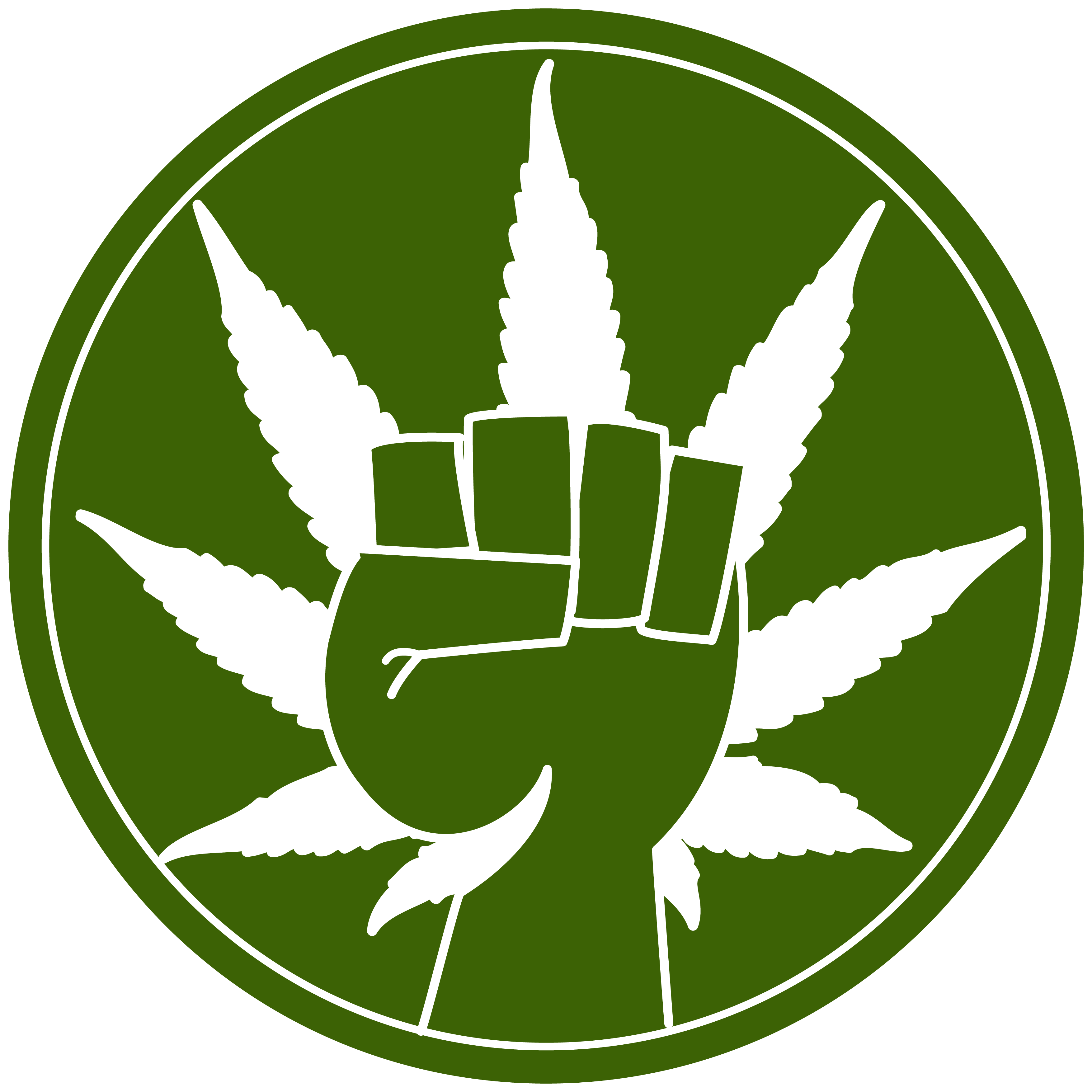When and why was marijuana made illegal in India and what was its legal status prior to the NDPS act
- bholekebhakt

- Dec 17, 2017
- 4 min read
Prior to and even after the NDPS, cannabis are and were easily available in India.

There are many stories heard about how Lord Shiva loved weed and would come for it whenever he had a tiff with his wife. :-) Shiva wandered into the fields after a family tiff. Drained, he fell asleep under a leafy plant. After waking up, he sampled the plant's leaves. Rejuvenated, he made it his favorite food. Bhang which is made from the leaves of cannabi plant is drunk by many in the festival of Holi. Its use is ancient, has religious sanction among Hindus. Soldiers often drank bhang before entering battle, just as Westerners took a swig of whisky.

A recent article on TOI (The Times of India) gave the exact history of NDPS and marijuana illegalisation. Excerpts- The 1961 "single convention on narcotic drugs" was the first ever international treaty to have clubbed cannabis (or marijuana) with hard drugs and imposed a blanket ban on their production and supply except for medicinal and research purposes. During the negotiations for the UN treaty signed in New York, a group of cannabis and opium producing countries, led by India, opposed its intolerance to the sociocultural use of organic drugs. They were however overwhelmed by the US and other western countries which espoused tight controls on the production of organic raw material and on illicit trafficking. The sharp divergences between the caucuses led by India and the US emanated from their contrasting domestic policies, particularly on cannabis. While most of the states in the US had banned all narcotic drugs by the '40s, India had a more pragmatic approach since its colonial days: its restrictions were focused on harder substances like opium. The Indian hemp drug commission appointed in 1893, far from finding it addictive, hailed cannabis for the "mild euphoria" and "pleasant relaxation" caused by it. In deference to the scale of traditional consumption in India, the 1961 treaty also gave it a reprieve of 25 years to clamp down on recreational drugs derived from the tops. It was towards the end of this exemption period that the Rajiv Gandhi government came up with a law in 1985 conforming to the 1961 treaty : the narcotic drugs and psychotropic substances Act (NDPS).Accordingly, NDPS replicated the loophole provided in the treaty's definition of cannabis, whereby its leaves and seeds have been spared the stigma of contraband. Besides, NDPS specified that cannabis meant charas (the resin extracted from the plant), ganja (the flowering or fruiting tops of the plant) and any mixture or drink prepared from either of the two permitted forms of marijuana. Thus, NDPS allows people to smoke pot or drink bhang so long as they can prove that they had consumed only the leaves and seeds of the cannabis plant.

"For 25 years since 1961, it has withstood American pressure to keep marijuana legal." "Since 1961, the US has been campaigning for a global law against all drugs, both hard and soft. Given that ganja, charas and bhang were a way of life in India, we opposed the drastic measure. But by the early '80s, American society was grappling with some drug problems and opinion had grown against the "excesses" of the hippie generation. In 1985, the Rajiv Gandhi government buckled under the pressure and enacted a law called the Narcotic Drugs & Psychotropic Substances (NDPS) Act." "It was a poor law that clubbed marijuana, hashish and bhang with hard drugs like smack, heroin, cocaine and crack, and banned them all. The minimum punishment for violation of the NDPS Act was 10 years of jail (it has since been relaxed and the crackdown on marijuana has eased somewhat). What happened as a result of this law was that almost overnight the entire trade shifted from peddling grass or charas to smack or worse. This was because while the risk was the same, profits from the hard-killer drugs were ten times higher. And suddenly, there was a drugs problem in India. In cities like Delhi, for instance, smack addiction grew. The addicts were mostly poor people - those who had earlier smoked grass were now 'chasing' smack. The poorly thought-out NDPS Act had actually created a drugs problem where there was none.'' In all fairness to Rajiv Gandhi, he passed this law under tremendous pressure from the western countries. Given that studies across the world show that moderate consumption of marijuana is far less harmful than tobacco or alcohol, it makes little sense to uphold the ban on its recreational use. Marijuana also has medical benefits which include its analgesic and pleasant mood altering effects that it has.
However weed is widely tolerated by the Indian Police and in most cases if they catch you possessing a limited amount, they'll let you off after taking a small bribe. Most colleges in India have a significant number of students who have smoked or seen someone else smoke pot/weed/grass.
Sources - The matter in the answer has almost entirely been lifted from the recent TOI article on marijuana legalization cheekily referred to as Hope for Dope (I've heard many detractors of this newspaper but none can deny that it is the most progressive and libertarian minded newspaper that India has)










Comments